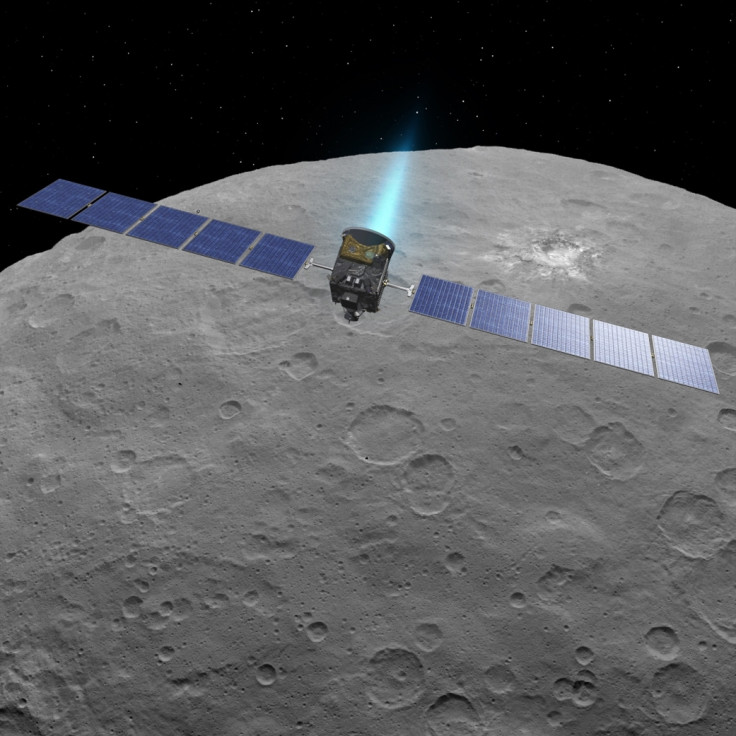Nasa reveals what Ceres' outer layer says about its interior makeup
The dwarf planet is the largest object in the asteroid belt and has a number of mysterious surface features.

A study published by Geophysical Research Letters has explained that Ceres' surface and its outer layer were formed as a result of material from deep within the dwarf planet pushing upwards billions of years ago.
This outward movement of materials pulled the surface apart, creating linear fractures and secondary craters. A report published by Phys.org noted that this finding is significant because it could explain the evolution of the dwarf planet.
Ceres is believed to have had massive "global oceans" on its surface at one point of time.
Ceres could also be one of the places in the solar system that could potentially harbour life.
For the study, Nasa scientists working on the Dawn spacecraft mission reportedly generated a map of over 2,000 features on the surface of Ceres that were greater than 1 km in length. They had to exclude features that were impact craters.
The team then identified two types of linear features –secondary crater chains and pit chains. Secondary crater chains are created by fragments that are thrown out from large impact craters, while pit chains are caused as a result of subsurface fractures, noted the report.
Jennifer Scully, lead study author and associate of the Dawn science team at Nasa's Jet Propulsion Laboratory, said, "As this material moved upwards from underneath Ceres' surface, portions of Ceres' outer layer were pulled apart, forming the fractures."
Pit chains that were formed as a result of this movement are the ones that reveal details about the dwarf planet's interiors.
However, Scully also pointed out that differentiating between pit chains and secondary crater chains is a challenge.
While surface fractures could have also been formed by frozen global oceans, it is unlikely, the report said. That is because features caused by freezing water would have been a lot more evenly dispersed.
Another hypothesis under consideration, according to the report, is that large-scale impacts from space rocks or other bodies in the asteroid belt could have caused fractures of that scale.





